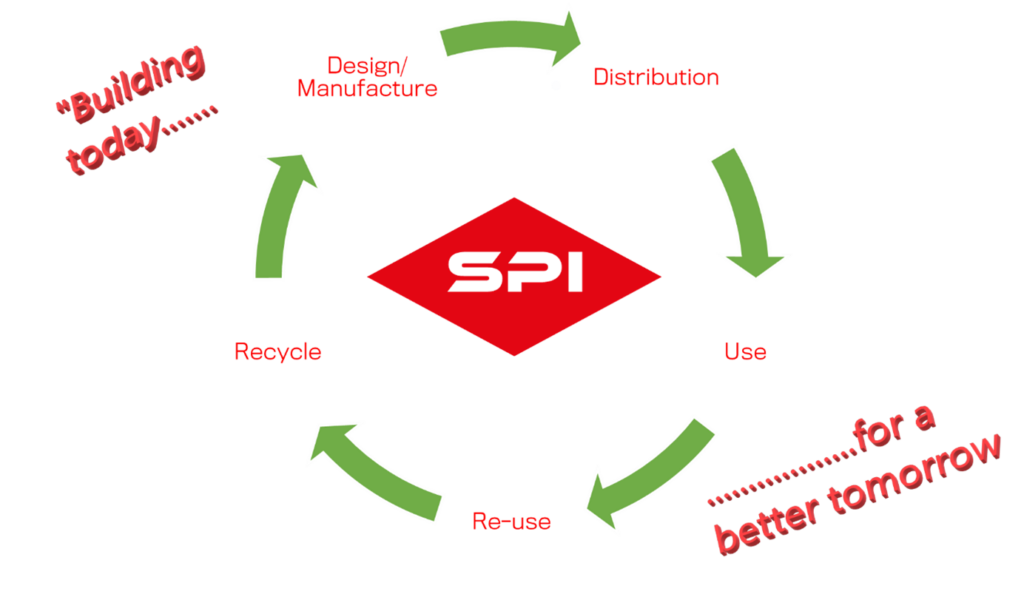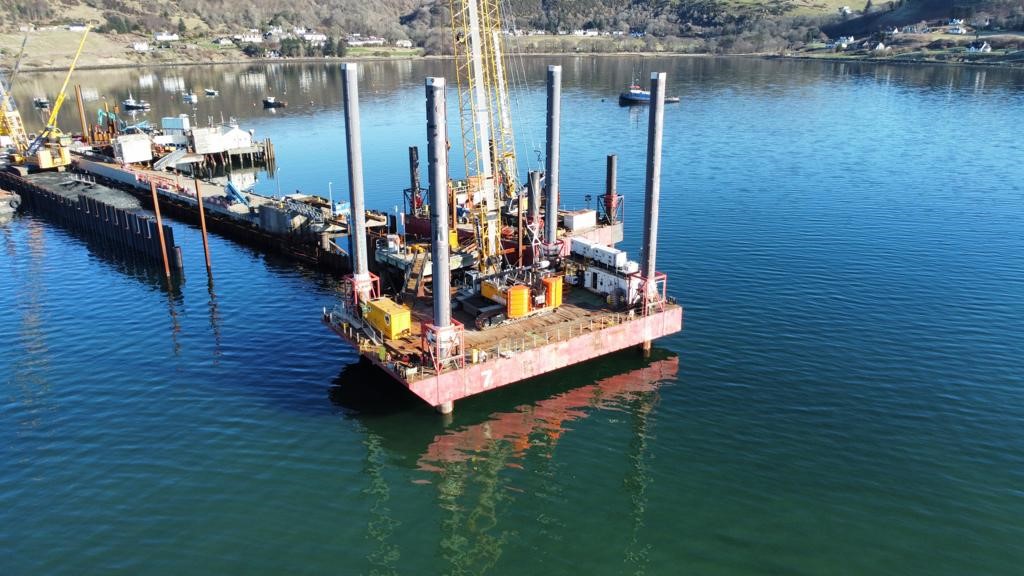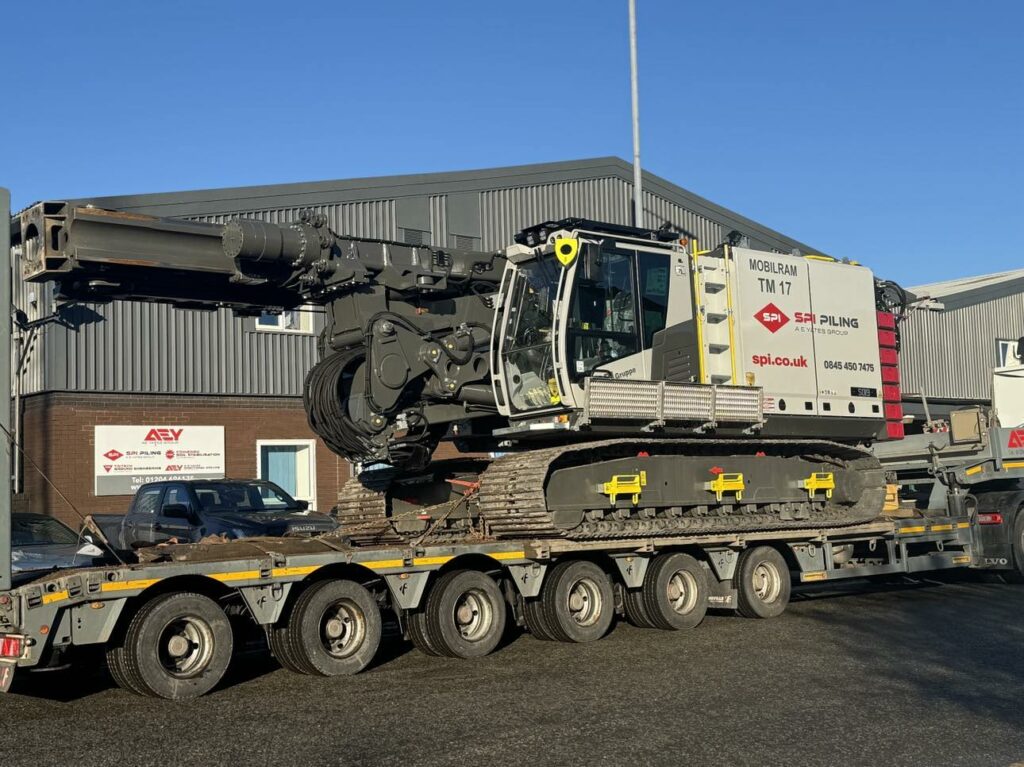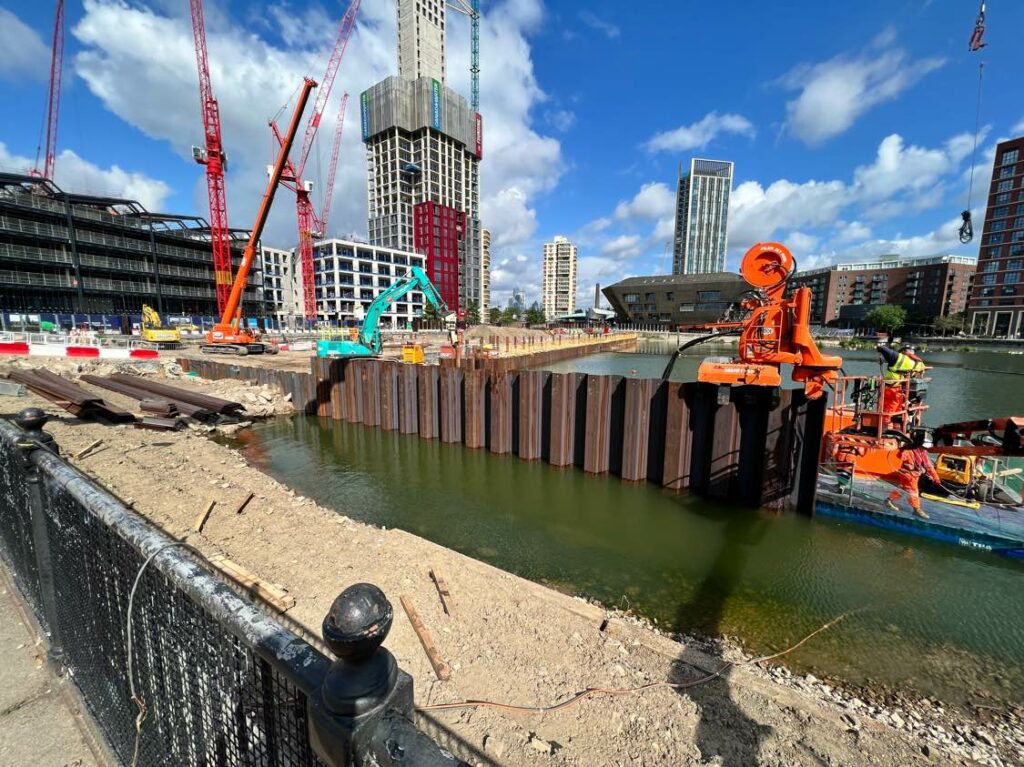A sustainable solution in being able to reduce environmental impacts on your schemes.
Europe’s largest steel sheet pile manufacturers have highlighted that steel piles can be reused between two and ten times without loss of any of their properties. Piles can be extracted from the ground, once they have served their purpose on a project, and can be used on another site. Should a steel sheet pile come to the end of it’s life it is 100% recyclable in an electric arc furnace enabling the material to be transformed into steel products that are of the same or enhanced quality.
ArcelorMittal was the first steel manufacturer to conduct a Life Cycle Assessment of it’s steel sheet piling products and it has also published an Environmental Product Declaration highlighting how seriously it takes it’s environmental responsibilities. We are a regular user of ArcelorMittal piles.

Steel Sheet Piles – Decarbonisation
Decarbonisation is the most important aspect facing all industries and sectors, and is of key importance to us, our clients and our supply chain. We are moving, along with our supply chain to align with the UK Government and European objectives and agreements, to reduce emissions, by the implementation of the new innovative products through the supply chain, the use of modern plant and equipment, exploring the use of better more sustainable fuels, and by reducing the amount of fuel consumption as a result of our normal business operations.
A prime example of this within the steel production sector is the manufacture of steel through the Electric Arc Furnace (EAF).
Materials produced through the EAF process, have greatly reduced CO2 emissions typically less than 30% the value of products produced through normal blast furnace processes. As a typical example, previous processes would produce Circa 1.9 tonnes of CO2 -eq per tonne of finished product.
Aside this materials produced through the EAF process can be produced from 100% recycled material, as well as the options for these furnaces to be powered from renewable sources.
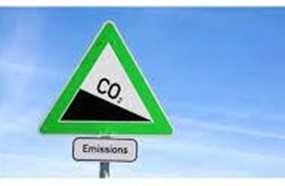
Steel Sheet Piles – The Recycling Trilogy
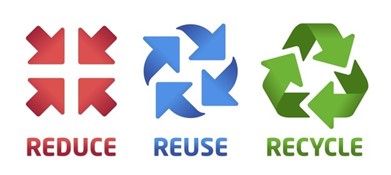
Steel Sheet Piles – Reduce
Reducing the consumption of raw materials is one way to protect the environment. The steel pile manufacturers continue to strive for lighter, but stronger sections.
As an example, consider a sheet pile section from the 1950’s and compare it to a brand new one from recent years. For the same section properties (elastic section modulus), the average more popular sections are Circa 26% lighter than their older equivalent. These are significant savings not only in the production of the materials, but in the transportation, handling the installation requirements the reduction in size equates to the same.
looking a little bit further into the design of the steel sheet piles. The key parameters for the choice of a section are the section modulus W (elastic or plastic) and the yield strength fy. In the allowable stress design method, the formula is quite simple:
M = Wel * fy
with M = bending moment, Wel = elastic section modulus and fy. = Yield Strength.
Hence, if you increase the yield strength, you can reduce the required elastic section modulus proportionally.
In the 1950’s, a steel grade S 355, with a yield strength of 355 MPa, was much more expensive than the standard S 235, with fy = 235 MPa. Today, steel sheet piles can be delivered with yield strength up to 460 MPa. Higher steel grades are slightly more expensive than a standard S 355 GP, but the cost difference is by far off set by the savings that can be made on the weight of the sheet pile section.
Rule: higher steel grades usually allow the selection of a lighter pile, thus reducing the environmental impact of a steel solution.
Additionally, the European design code EN 1993-5 allows even to consider the plastic section modulus Wpl for class 2 sections, which means an additional increase of the resistance of a section between 10% and 25%!
Conclusion: innovation in steel and rolling technology as well as installation equipment, made it possible to reduce the quantity of steel required to execute exactly the same retaining wall by more than 50% in a few decades. Besides, the solutions are cheaper than ever.
Steel Sheet Piles – Reuse
Steel sheet piles can be used and reused several times for temporary applications, thus reducing the environmental impact each time the sheets are re-used.
SPI Piling continue to offer the best re-use model to all our clients. This promotes the effective re-use of steel products within the industry, and contributes to a reduced demand for new products and manufacturers.
- short / medium term rental; clients can rent the sections they need for each project, optimizing the use of the steel or piles, as well as minimising project costs.
- Sales and buy-back: after the end of the project (temporary application of sheet piles), the materials can be extracted and given back to SPI Piling Ltd, and the piles purchased back into our stock (proving there is no excessive damage).
It goes without saying that at the end of life, when they cannot be reused anymore, 100% of the steel can be recycled.
Steel Sheet Piles – Recycle
Steel is a permanent material: never consumed, but continuously transformed. The use of natural resources for producing steel the first time is therefore a transformative process, making iron available in a more “practical form” for subsequence uses (life cycle). Steel is actually a resource that can be re-used several times and recycled indefinitely.
Unlike other materials used in retaining walls and deep foundations, steel sheet piles can be extracted from the ground at the end of the service life of the structure, and recycled at 100%. Even after it’s service life steel has an inherent value because it can be recycled in an electric arc furnace (for instance) to produce again and again steel products with the same or even better quality.
